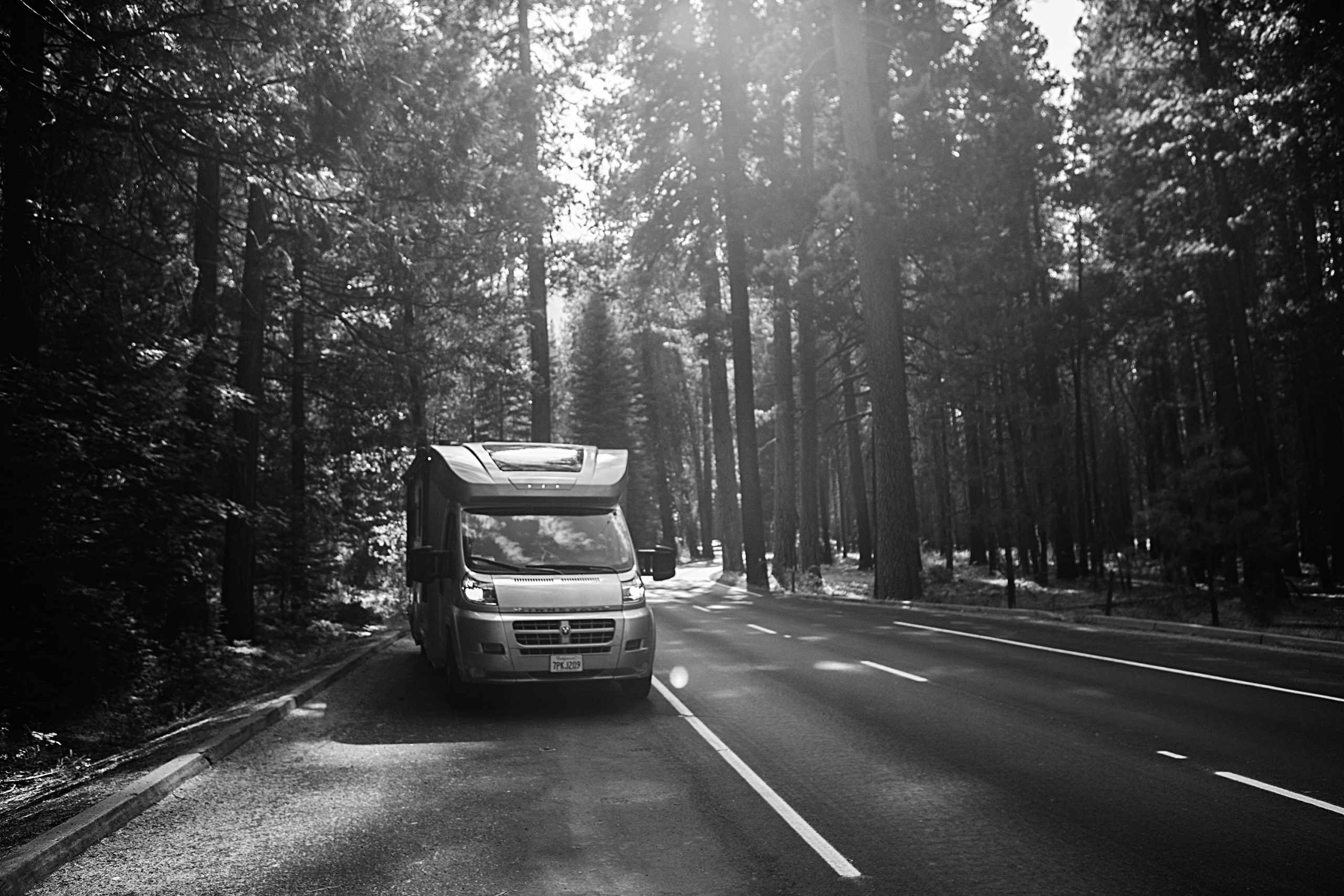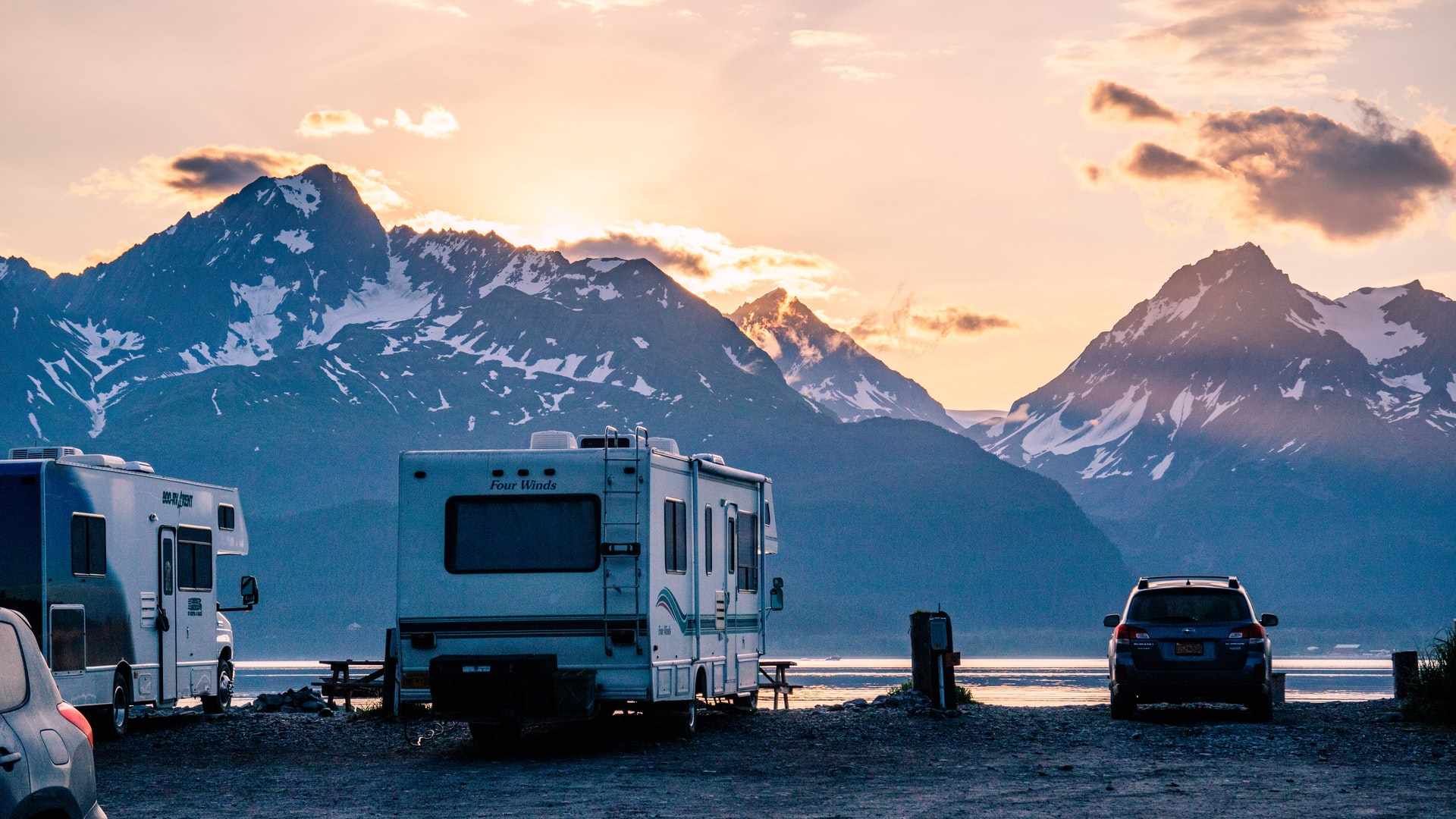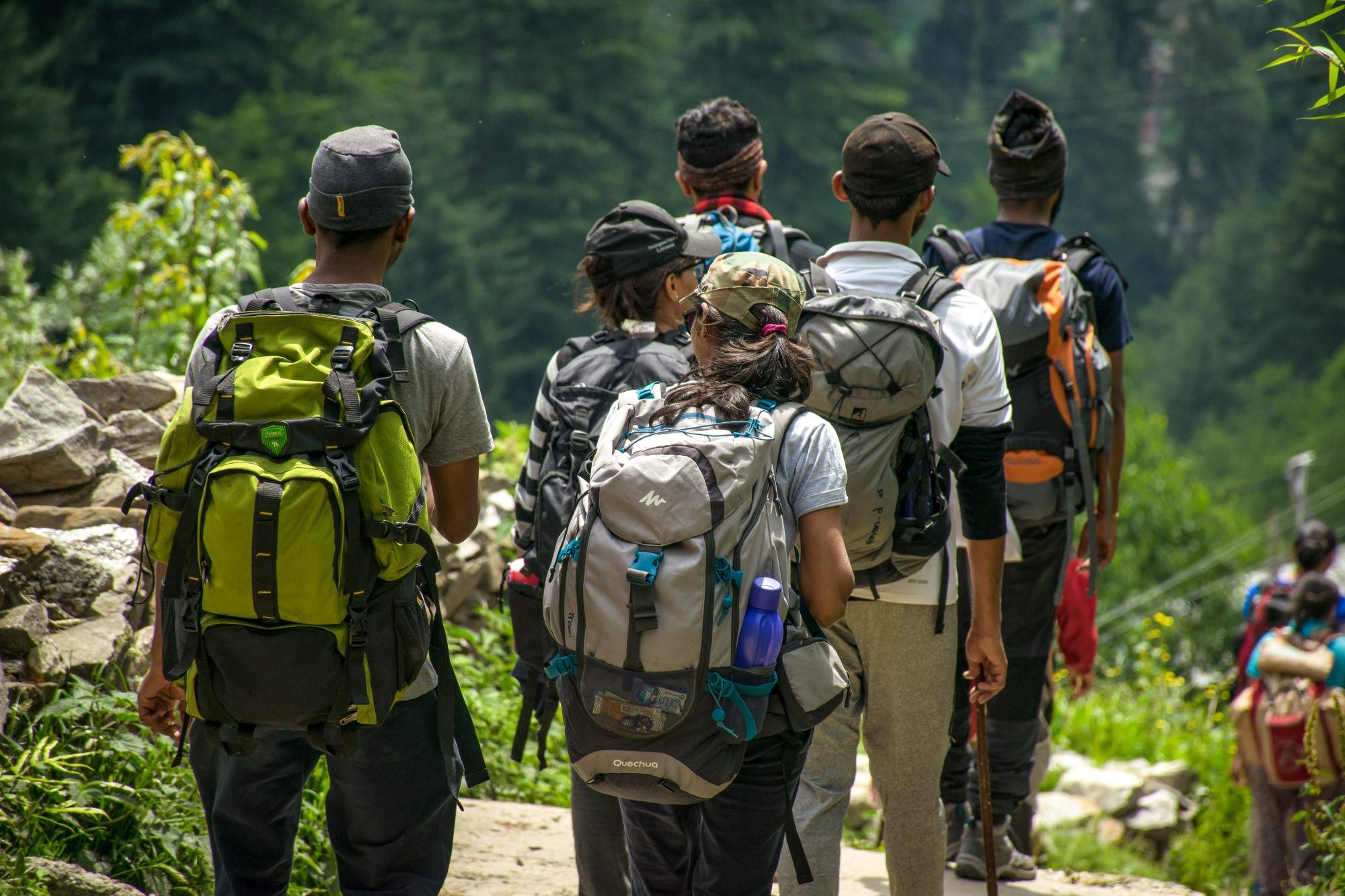Spending time on the trail is one of the very best ways to appreciate the great outdoors. Tree-lined footpaths, babbling creeks, snow-capped summits – there’s simply no better way to disconnect from the stressors of daily life.
Whether you’re heading out for a quick jaunt in the woods or an epic adventure to the top of an alpine peak, chances are you will cross paths with other outdoor enthusiasts. In most cases, you hope to be simply greeted with a nod or smile and a cheerful “Good Morning!” before continuing on your way. Unfortunately, that’s not always the case.
Some hikers either do not know or truly understand trail etiquette and the unspoken rules to sharing the trail. Even the most experienced hikers may need a refresher from time to time.
Because you aren’t likely to find trail etiquette posted at the trailhead, we put together a brief guide on the common questions or scenarios you may encounter and how to spend a day outdoors in a way everyone can enjoy.
Trail Ready RVs For Rent Near You
The Right of Way
The most commonly misunderstood transgression on the trail – What do you do when you approach another hiker, biker, or equestrian? Believe it or not, there’s actually a hiker hierarchy – Horses, hikers, then bicyclists.
Horses
When feasible, hikers and bikers should always yield to equestrians. Horses can be easily startled by loud noises and sudden movements, so it’s important to move around them quietly and calmly toward the downhill side of the trail. If you find yourself on a narrow footpath, step to the downhill side of the trail and give the horse(s) plenty of space. Should the horse go rogue, you do not want to be directly in its path.

Bikers
When it comes to bikers and hikers sharing the trail, bikers are expected to yield. There are some exceptions to the rule – mountain bikers move quickly and have more maneuverability, so it’s easier for them to yield the right of way.
Sometimes you might find yourself trudging up the trail with a fast-moving bicyclist barreling down toward you. While it may not be expected for a hiker to yield to the bicyclist, if you can safely move out of the bike’s way, it’s recommended you do so.
Experienced bikers will generally give an audible warning when they’re coming down a steep incline or are unable to see the trail in front of them. If you’re heading out on a bike-friendly trail, you might not want to pack your noise-canceling headphones.
Hikers
Have you ever made awkward eye contact with a stranger while sneaking past one another along a narrow trail – both of you wondering who was supposed to yield?
Right-of-way between hikers is probably the most misunderstood, unofficial rule. But it’s actually pretty straightforward – hikers coming uphill have the right of way.
This might surprise some folks because hikers descending have more momentum. However, that’s precisely why the hiker hoofing their way up the trail has priority. Once you’ve lost your momentum, getting uphill is significantly more difficult. So, give uphill hikers a little extra space by stepping to the side to let them pass.
Hiking with Dogs

You don’t always have to leave Fido at home when you head out on the trail. However, when hiking with your pup, there are a few more things you’ll need to consider in order to keep the piece with fellow hikers:
Pick a dog-friendly trail. We know your dog is basically human – he’s well-behaved, comes when called, and is super considerate of others. However, trails that are off-limits to dogs are restricted for a reason. If everyone broke the rules with their furry friends, the lasting impacts from unruly pets would be significant.
Keep your dog on a leash. We understand the appeal of wanting to allow your pup to roam wild and free. However, not only is it unsafe for your pup to be off-leash, but it could also pose a risk to others. Common courtesy in this area is an absolute must. Consider the fact that there’s a chance you might cross paths with a hiker who has a socially shy pup on a leash, a reactive or aggressive pet, or even a fellow hiker with a fear of dogs.
Clean up after your dog. If you’re walking with a pet, you’re responsible for cleaning up after it. Nobody wants to spend a quaint afternoon in the woods dodging doggy dung. Bag it, carry it out, and throw it away.
Respect your surroundings. This one goes in hand with having your dog on a leash. Minimize your pet’s impact by not allowing them to trample on flora and fauna, chase wildlife, or run off the trail.
Hiking in Groups

The need for hiking etiquette gets amplified when hiking with a group. Most footpaths aren’t designed for large groups to walk side by side, so it’s essential to make a conscious effort to keep your group to one side of the trail.
When your group meets a single hiker, generally the solo hiker will yield. However, if you feel that the solo hiker can pass safely, or your group would benefit from a quick break, it may be easier to allow the hiker to continue on.
Hiking with Technology

Many hikers appreciate a walk in the woods sans technology. However, with a growing dependence on social media and cell phones, it’s becoming harder and harder for people to completely disconnect.
Cell phones can be an excellent resource for safety and navigation on the trail. However, the lines begin to blur when excessive use of technology turns into a nuance to other hikers.
In short, chances are your fellow hikers aren’t interested in hearing your entire Pandora playlist. It’s one thing to be alone on the trail and jamming out to your favorite Rolling Stones album. But it is quite another when you’re traveling on popular trails or around other hikers. Be courteous of others and turn down the volume.
Also, before you whip out your cell phone to call your best friend, consider those around you. Facetiming your friends can probably wait until you get back to the car.
Practice Leave No Trace
Some hikers think the LNT principles mostly apply to backcountry travel, but every hiker should do their part to minimize their footprint.
The LNT principles are:
- Plan ahead and prepare
- Travel and camp on durable surfaces
- Dispose of waste properly
- Leave what you find
- Minimize campfire impacts
- Respect wildlife
- Be considerate of other visitors
As a general rule of thumb, research the trail ahead of time (AllTrails is a swell app that’ll help you know before you go) so you know who and what to expect and can plan accordingly.
But rather than thinking of hiking etiquette as just another set of rules, consider this unspoken hiker pact to be a common courtesy for other outdoor enthusiasts. Just like allowing a fellow driver to merge into your lane or holding open a door for a stranger at the store, these small acts of kindness and politeness go a long way in helping everyone enjoy their time outdoors.








